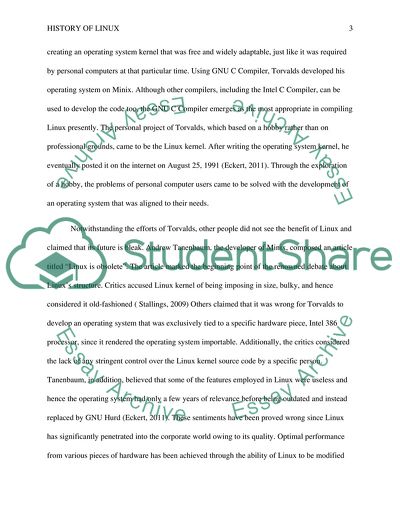Cite this document
(History of LINUX Literature review Example | Topics and Well Written Essays - 1500 words, n.d.)
History of LINUX Literature review Example | Topics and Well Written Essays - 1500 words. https://studentshare.org/information-technology/1837494-history-of-linux
History of LINUX Literature review Example | Topics and Well Written Essays - 1500 words. https://studentshare.org/information-technology/1837494-history-of-linux
(History of LINUX Literature Review Example | Topics and Well Written Essays - 1500 Words)
History of LINUX Literature Review Example | Topics and Well Written Essays - 1500 Words. https://studentshare.org/information-technology/1837494-history-of-linux.
History of LINUX Literature Review Example | Topics and Well Written Essays - 1500 Words. https://studentshare.org/information-technology/1837494-history-of-linux.
“History of LINUX Literature Review Example | Topics and Well Written Essays - 1500 Words”. https://studentshare.org/information-technology/1837494-history-of-linux.


